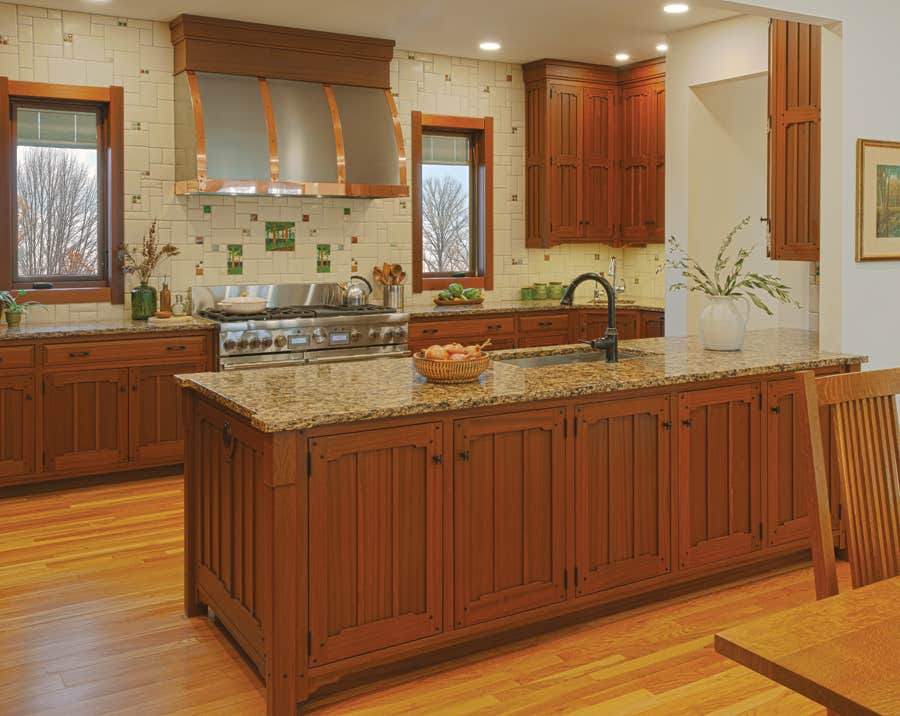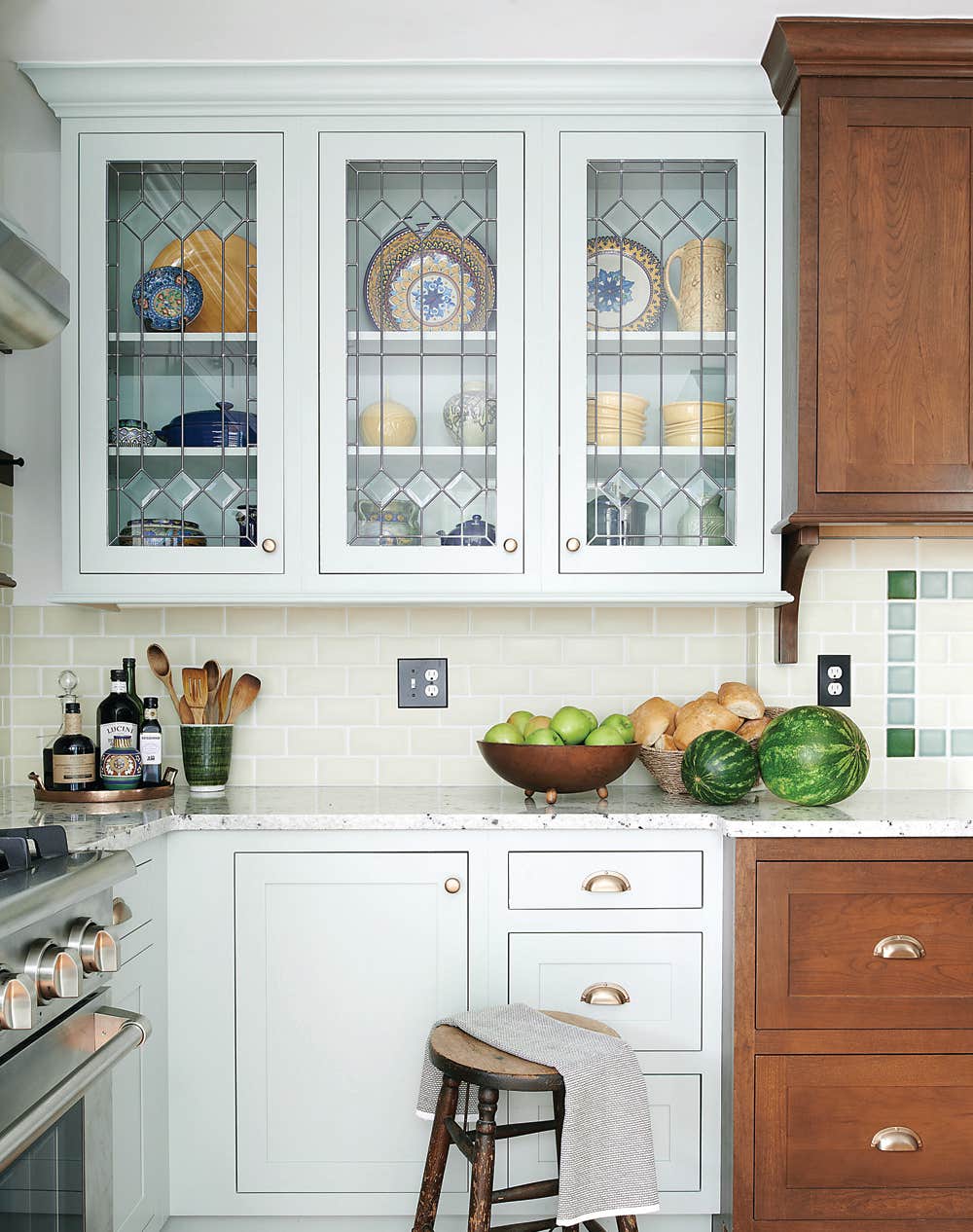Kitchen & Bath & Tile: Approaches for Revival Design
Suggestions for period-inspired cabinets, fixtures and materials for walls and floors.
Kitchens of the revival reflect the changing role of the room since the bungalow era. The kitchen is no longer a utility space, but the center of the house. It may have a second prep area, a wet bar, a home office, a breakfast area, and a television. Then and now, related rooms include a back hall or mudroom, a bathroom, and one or more pantries. If you are building a new home or extensively remodeling an old one, it makes sense to build a more public and finished kitchen.
Do you want a true period kitchen for your bungalow, Foursquare, or Tudor Revival house? Or are you leaning toward a fancier kitchen of the Arts & Crafts revival? Original kitchens were often small, plain, and utilitarian—with a floor of linoleum, softwood, or tile, a wainscot of beadboard or white tile, and very simple cabinets, most often painted in a hygienic, off-white semi-gloss. This would be an easy and affordable room to re-create, even if you upgrade to showier hardware and lighting.
Common sense should prevail: why spring for professional appliances if you eat out five nights a week and use a microwave on the other two? On the other hand, if you’re always in the kitchen making a mess, don’t use fussy and hard-to-clean details and materials. That said, revival kitchens are often beautiful spaces with furniture-quality cabinets accented by art tile, handsome light fixtures, forged and cast hardware, and decorative textiles.
The American Arts & Crafts or bungalow era (1900–1930) saw kitchens, urban and rural, built for use by the housewife, not only by servants. These rooms were often small, but they were integrated into the main floor plan, and had built-ins and, soon enough, electricity. So putting a sympathetic new kitchen into an old house of this period is quite do-able. And the look—which features beadboard and subway tile, painted cabinets, big sinks and black stoves—is popular for new houses as well.
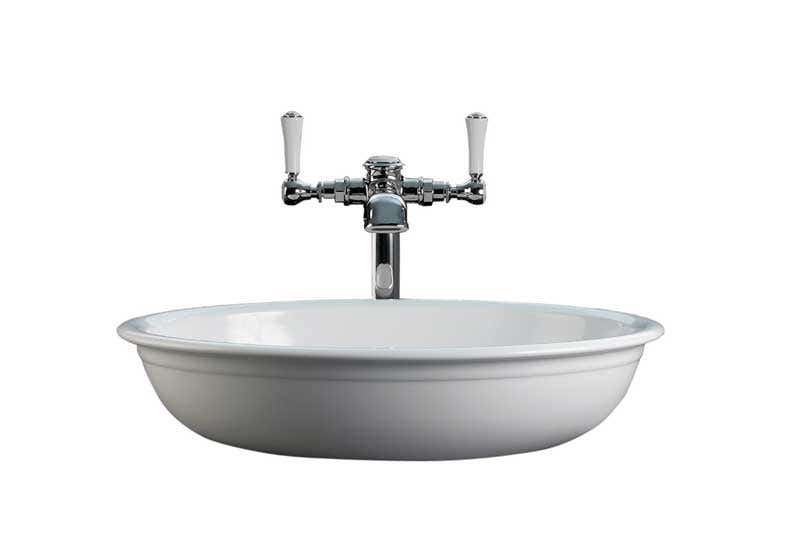
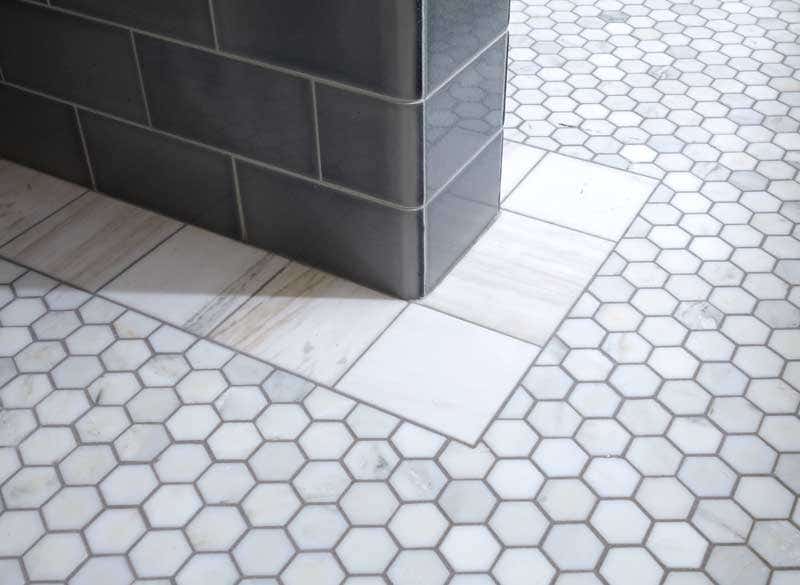
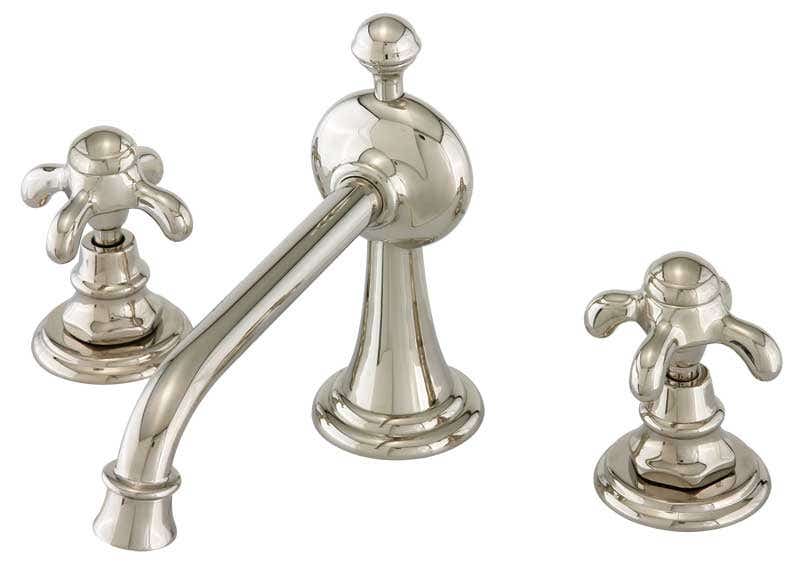
Suggestions, Not Rules
Over the years, kitchen and bath designers and our editors have often repeated this advice to those planning a renovation or addition.
• KEEP IT IN SCALE! You don’t want it to look like an estate kitchen with a bungalow attached, or a spa. Stay on the original footprint, perhaps borrowing space from a hall or pantry. Any additions should be proportionate to the house; sometimes just a few feet, bumped out on the rear or side of the house, is enough.
• SIMPLE IS OFTEN BETTER. First of all, the room will have a more timeless “period” look if details are borrowed from historic kitchens or baths (or the pantry)—rather than copied from high-style details in your main rooms. Plus, a simple service room is easier to clean!
• USE SEVERAL DIFFERENT COUNTER SURFACES in the kitchen: it’s practical as well as historical. Pick something nonporous near the sink and stove, butcher-block for prep, perhaps a marble slab for baking or pizza making. In the bathroom, opt for an antique cabinet for extra storage.
• TO GET A TIMELESS ROOM that doesn’t follow fads, don’t go for current showroom trends. (In the kitchen, black soapstone or granite with creamy painted cabinets is a winning combination. In the bath, white fixtures and tile can be dressed for any decade.) Use some naturally finished wood, perhaps for the floor, cabinets, or one built-in. Add a bit of period color with wall paint, wallpaper, or collectibles.
Patricia Poore is Editor-in-chief of Old House Journal and Arts & Crafts Homes, as well as editorial director at Active Interest Media’s Home Group, overseeing New Old House, Traditional Building, and special-interest publications.
Poore joined Old House Journal when it was a Brooklyn-brownstoner newsletter in the late 1970s. She became owner and publisher and, except for the years 2002–2013, has been its editor. Poore founded the magazines Old-House Interiors (1995–2013) and Early Homes (2004–2017); their content is now available online and folded into Old-House Journal’s wider coverage. Poore also created GARBAGE magazine (1989–1994), the first unaffiliated environmental consumer magazine.
Poore has participated, hands-on, in several restorations, including her own homes: a 1911 brownstone in Park Slope, Brooklyn, and a 1904 Tudor–Shingle Style house in Gloucester, Massachusetts, where she brought up her boys and their wonderful dogs.




